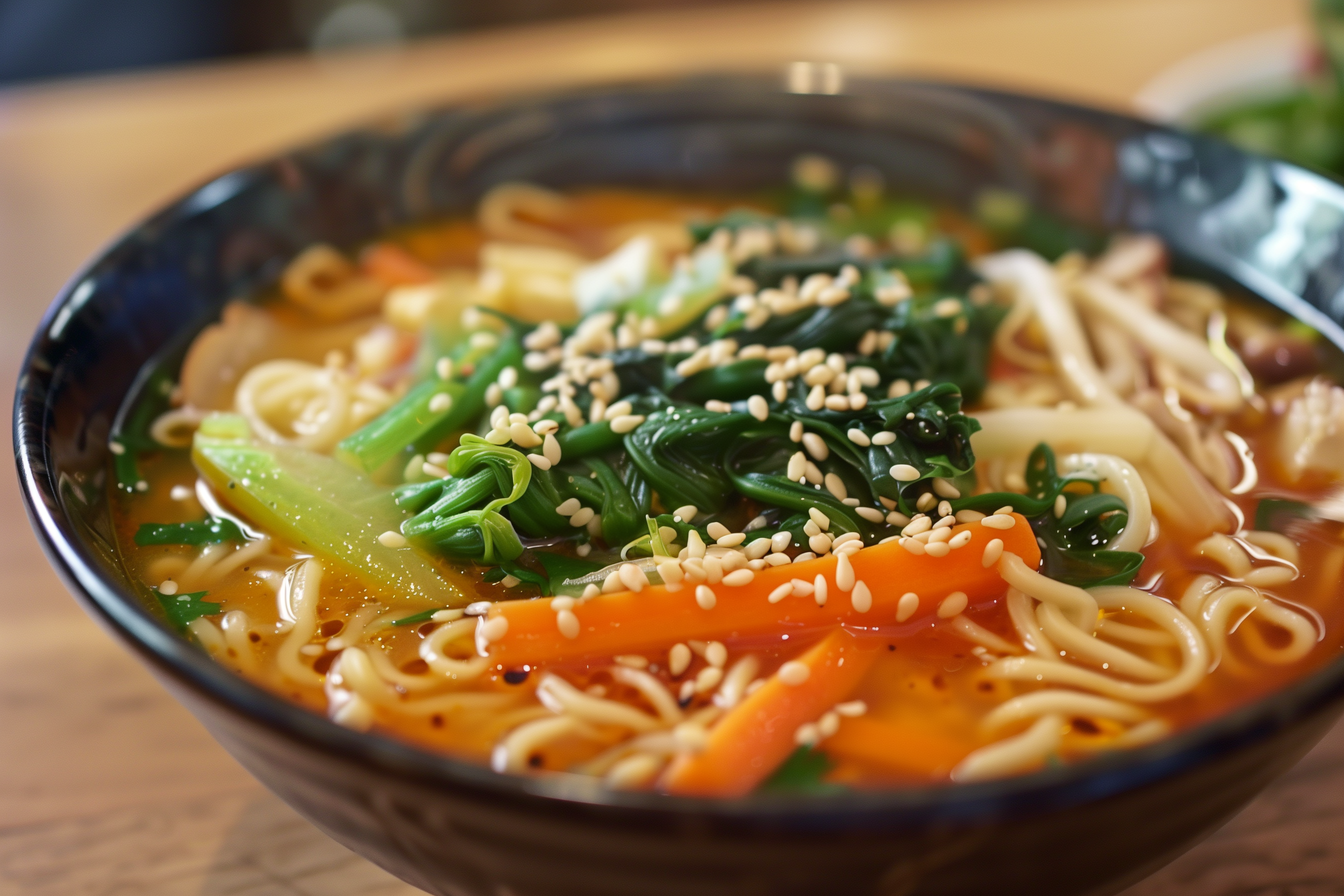If there is one food grain in every kitchen, it is rice!
Rice is one of the oldest cereal grains domesticated and cultivated in China and India nearly five thousand years ago. Today, this food grain is a staple ingredient of most international cuisines.
Nutrition profile
The nutritional quality and fiber quantity vary for different types of rice. Rice is a good source of carbohydrates in the form of starch. Starch has long chains of glucose called amylose and amylopectin.
The amount of amylose and amylopectin varies from one variety to another, and the ratio decides its texture and stickiness. Higher amylopectin content makes rice sticky. Such rice is good for making risotto and puddings. Meanwhile, amylose is associated with healthy fiber that slows down digestion.
The bran and endosperm are intact in brown rice. Since fiber content is highest in the bran, brown rice is a rich source of fiber. One cup of boiled brown rice has 3.5 grams of fiber. Meanwhile, white rice is the polished and refined version without the bran. It has less fiber but high glycemic content. Besides fiber and starch, rice also contains manganese, selenium, Vitamin B-complex, magnesium, and copper. These minerals are primarily concentrated in the bran and in brown rice. So, the overall nutritional benefits are higher for brown rice.
Brown rice and white rice are the two main categories of rice. However, we can also differentiate the varieties by grain length as long-grain, medium-grain, and short-grain.
Long-grain: These grains are longer than they are wide. When cooked, they retain the shape and have a firm but fluffy texture. Jasmine and basmati rice are examples.
Long and slim, toasty sweet basmati rice triple in length when cooked. The best to use it in curry dishes and vegetable pilaf. Jasmine rice originating in Thailand and very aromatic. The grains of this ice are slightly shorter than basmati rice, but the two can be used interchangeably. Enjoy it as a side dish or stir-fries.
Medium-grain: Medium-grain rice becomes tender and moist when cooked. The grains tend to stick together. This variety can be used in paella and risotto recipes. Bomba and Valencia are medium-grain varieties. Grown in Valencia, Spain, Valencia rice is the best for making paella. Bomba rice has a starchy center and absorbs but strong body.
Short grain: The grains are plump and thick like in sushi rice and Arborio rice. Higher amylopectin content makes this rice creamy, chewy, and sticky. Arborio classic is Italian rice great for creamy dishes such as risotto. Japanese sushi rice is a variety of Japonica rice used to make sushi, rice balls, or any plain rice served with Japanese meals.
So….
Rice is a beautiful ingredient that works in salads, main dishes, and desserts. Not only is it nutritious, but it also offers the benefits of fiber, vitamins, carbohydrates, and minerals.
Say goodbye to your dull, ordinary traditional recipes and get creative with our suggestions for exciting new ways to cook rice. I am confident that you will enjoy preparing and eating these recipes. Try it out!





